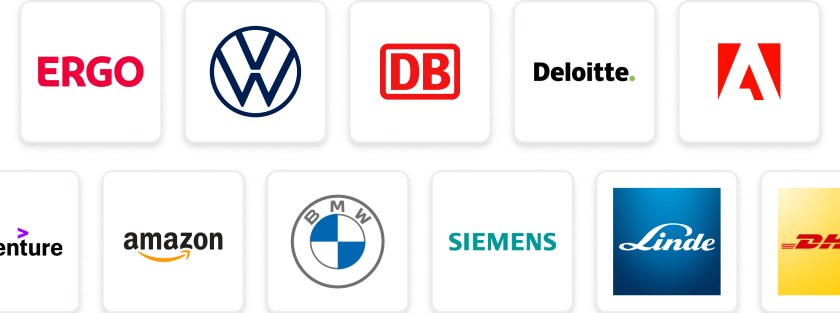At a Glance
- Tasks: Lead engineering operations on a Split Hopper Barge at a windfarm site.
- Company: Seaworthy Consulting is dedicated to maritime excellence and innovation.
- Benefits: Enjoy a competitive day rate of £300 and a regular rotation schedule.
- Why this job: Join a vital project in renewable energy while advancing your engineering career.
- Qualifications: Must hold a UK Chief Engineer COC/FSE and have recent STCW certifications.
- Other info: This is a long-term role with immediate start available.
The predicted salary is between 60000 - 84000 £ per year.
Seaworthy Consulting are looking for a Sole Engineer with Chief Engineer COC to join a Split Hopper Barge, vessel just under 500GT working on a windfarm site. This is a long term role working on a regular rotation, and candidate must have experience working as Sole Engineer.
Job Details
- Rank: Chief Engineer
- Location: Southcoast, England
- Rotation: 4 weeks on/off
- Day Rate: £300
- Start Date: ASAP
Requirements
- UK Chief Engineer COC/FSE required
- All 4 STCWs must have been completed within the last 5 years
- Must have the right to work in the UK
If you are interested, please submit your CV below.
Dredger Chief Engineer employer: Sea Career
Contact Detail:
Sea Career Recruiting Team
StudySmarter Expert Advice 🤫
We think this is how you could land Dredger Chief Engineer
✨Tip Number 1
Make sure to highlight your experience as a Sole Engineer in your conversations. This role specifically requires someone who has worked independently, so be ready to discuss your past responsibilities and how you managed them.
✨Tip Number 2
Familiarise yourself with the specific requirements of working on a Split Hopper Barge. Understanding the unique challenges and operations of this type of vessel will show your potential employer that you're well-prepared for the role.
✨Tip Number 3
Network with professionals in the maritime industry, especially those who have experience in windfarm projects. They can provide valuable insights and may even refer you to opportunities within their networks.
✨Tip Number 4
Be proactive in demonstrating your commitment to safety and compliance. Since all STCWs must be up to date, be prepared to discuss how you maintain your certifications and ensure safety standards are met on board.
We think you need these skills to ace Dredger Chief Engineer
Some tips for your application 🫡
Tailor Your CV: Make sure your CV highlights your experience as a Sole Engineer and includes your Chief Engineer COC. Emphasise any relevant work on Split Hopper Barges or similar vessels, especially in windfarm environments.
Highlight STCW Certifications: Clearly list all your STCW certifications and ensure they are up to date. Mention the completion dates to demonstrate compliance with the requirement of having them completed within the last 5 years.
Showcase Your Right to Work: Include a statement in your application confirming your right to work in the UK. This can help streamline the hiring process and reassure the employer of your eligibility.
Express Enthusiasm for the Role: In your cover letter or application message, express your enthusiasm for the position and the opportunity to work on a windfarm site. Highlight why you are a good fit for this long-term role.
How to prepare for a job interview at Sea Career
✨Know Your Technical Stuff
As a Chief Engineer, you'll need to demonstrate your technical expertise. Brush up on your knowledge of marine engineering principles, especially those relevant to split hopper barges and windfarm operations.
✨Highlight Relevant Experience
Make sure to discuss your previous roles as a Sole Engineer. Share specific examples of challenges you've faced and how you overcame them, particularly in similar environments or vessels.
✨Understand the Company and Role
Research Seaworthy Consulting and their projects. Understanding their values and the specifics of the role will help you tailor your answers and show genuine interest in the position.
✨Prepare for Safety Questions
Safety is paramount in marine operations. Be ready to discuss your approach to safety management and any relevant training or certifications you have, especially regarding the STCW requirements.
